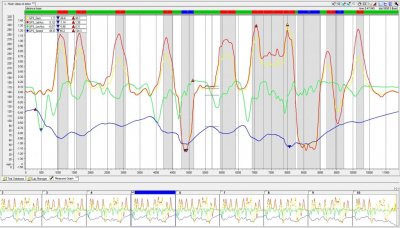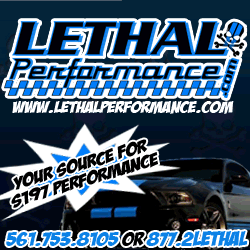Sixer Stang
Junior Member
- Joined
- Jul 1, 2019
- Posts
- 19
- Reaction score
- 1
First time poster, and just have some questions someone can answer.
I currently have a 2010 mustang that I am wanting to turn into a track car, the handling of the car seems to be good however the steering does not seem to translate to the wheels very well nor does it seem to give much feed back. The steering feels over boosted and too light so I am wanting to increase the amount of effort it takes to turn the wheel while also making the steering feel more direct. Would upgrading the ball joints help any? Whiteline advertises a set of ball joints that are supposed to aid steering response are they worth it? Also I read somewhere that the wheel turns lock to lock with 17 inch wheels is 2.87 but with 18 inch wheels it's 2.6 turns lock to lock, it that true? Also will a smaller diameter steering wheel increase the effort to turn the wheel enough for it to be noticeable?
Any suggestions are welcome and sorry for the long post just trying to absorb as much information as possible before spending money on anything.
I currently have a 2010 mustang that I am wanting to turn into a track car, the handling of the car seems to be good however the steering does not seem to translate to the wheels very well nor does it seem to give much feed back. The steering feels over boosted and too light so I am wanting to increase the amount of effort it takes to turn the wheel while also making the steering feel more direct. Would upgrading the ball joints help any? Whiteline advertises a set of ball joints that are supposed to aid steering response are they worth it? Also I read somewhere that the wheel turns lock to lock with 17 inch wheels is 2.87 but with 18 inch wheels it's 2.6 turns lock to lock, it that true? Also will a smaller diameter steering wheel increase the effort to turn the wheel enough for it to be noticeable?
Any suggestions are welcome and sorry for the long post just trying to absorb as much information as possible before spending money on anything.



